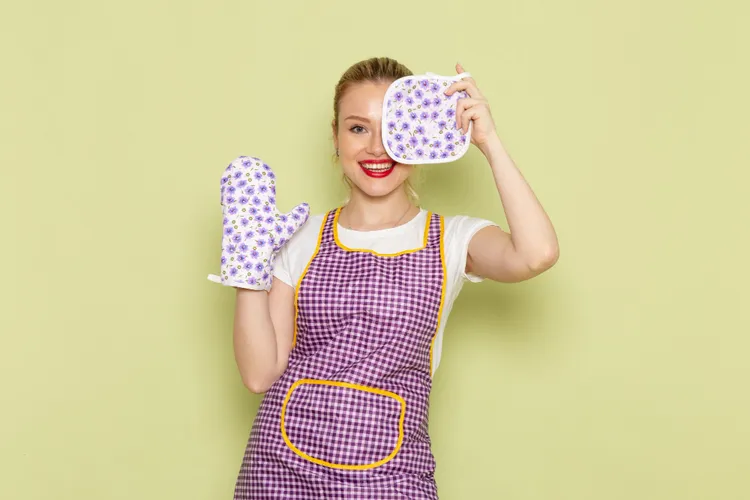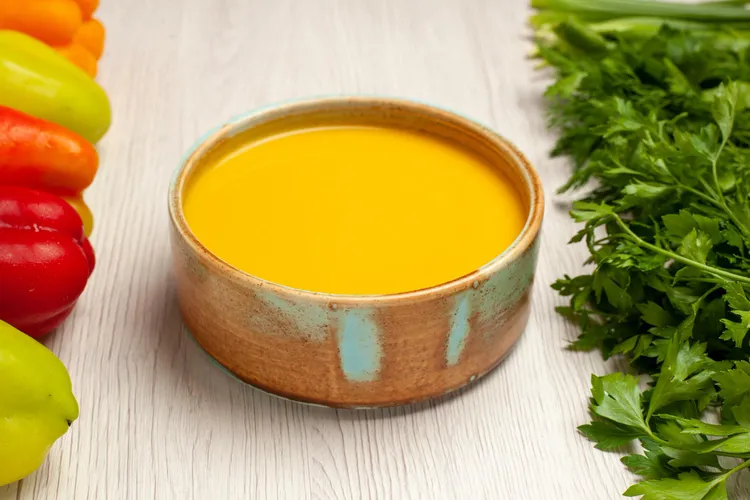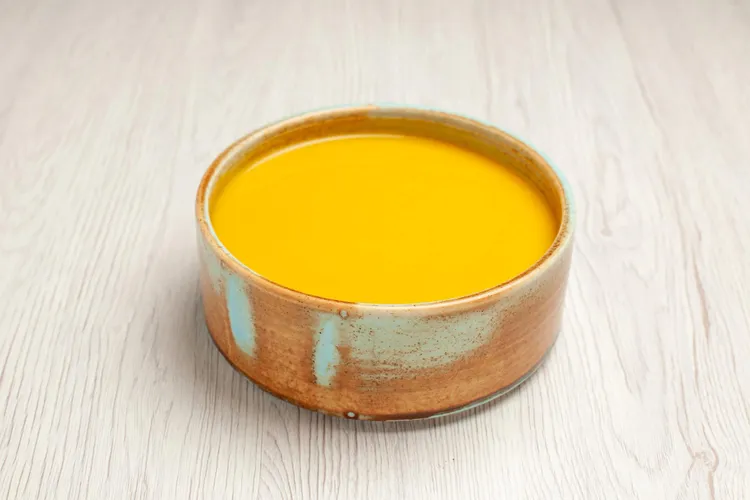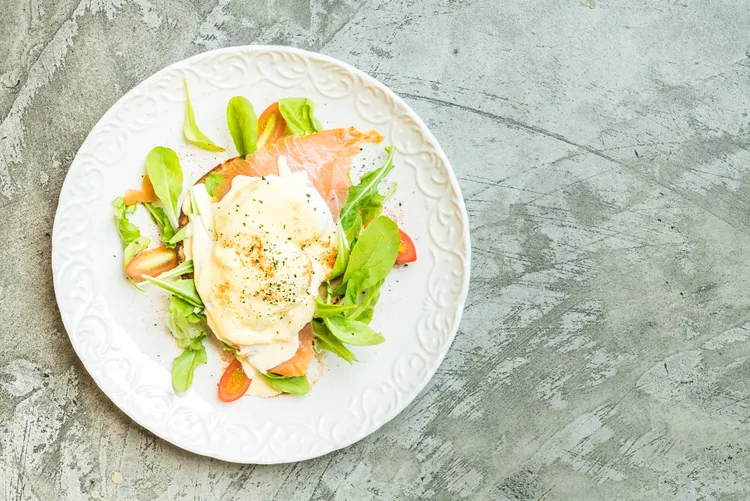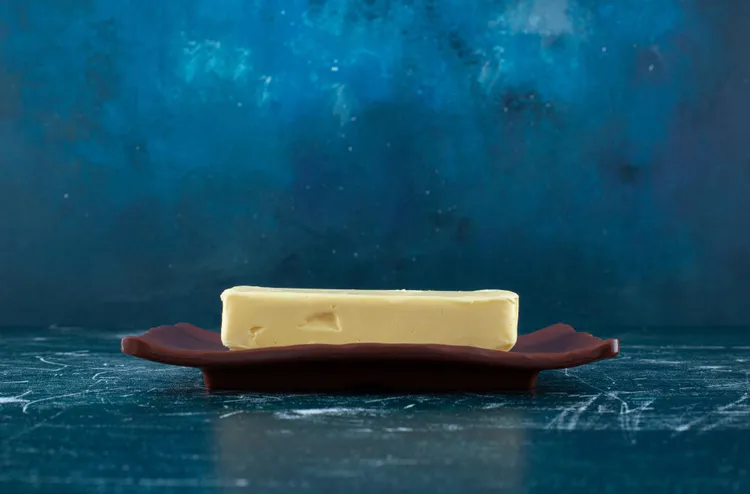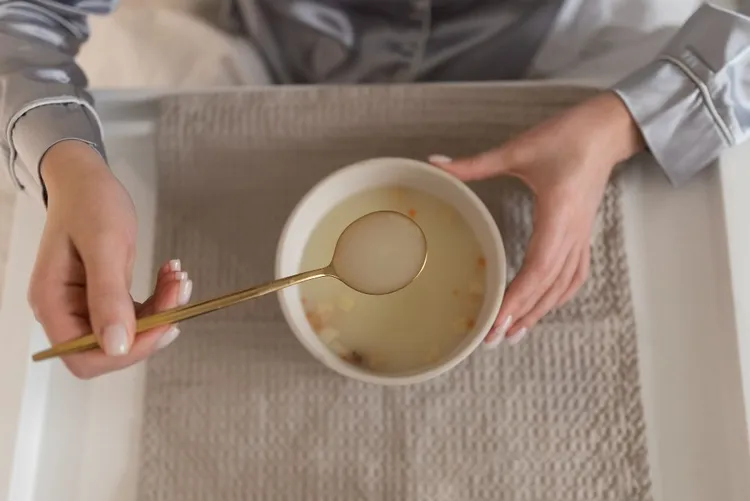Understanding Heat: When to Use Low, Medium, and High Temperatures in Cooking
Understanding heat doesn’t just make you a better cook - it helps you make healthier choices while still enjoying deeply satisfying meals. Today we’re diving into the heart of the kitchen: low, medium, and high heat, when to use them, how they affect food, and how heat changes the nutritional and flavor landscape of ingredients.
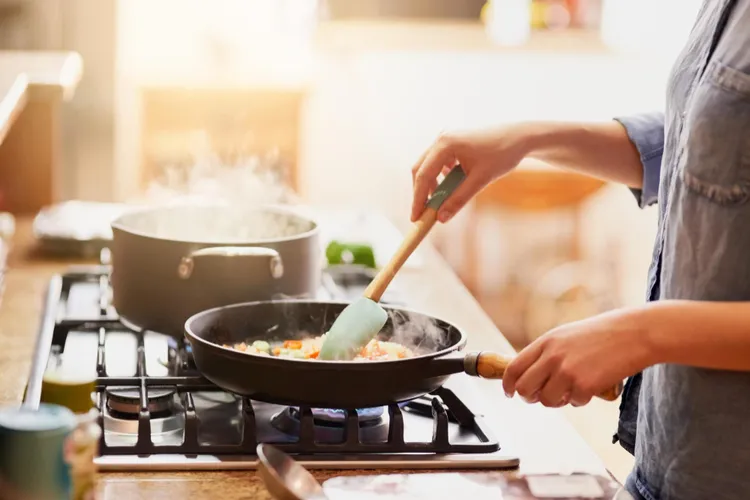
Heat is one of the most powerful tools in the kitchen. It’s the invisible ingredient behind caramelized onions, crisp-skinned chicken, silky soups, golden pancakes, and perfectly seared steaks. Yet most home cooks - and even some seasoned ones - don’t fully understand how to choose the right cooking temperature and why it makes such a dramatic difference in flavor, texture, and nutritional value.
So grab your favorite wooden spoon and settle in - this is your new go-to guide for controlling heat with confidence and joy.
Why Understanding Heat Matters
Heat dictates:
Flavor development
Moisture retention
Texture
Nutrient preservation
Cooking speed
Food safety
When you master heat, you master the foundation of great cooking. You stop overthinking complicated recipes and start trusting your instincts. You’ll know whether a dish needs a gentle simmer or a fierce sear, whether vegetables should be roasted low and slow or blasted at high heat, and how to keep butter from burning or fish from drying out.
Let’s break it all down.
LOW HEAT (160°F-275°F / 70°C-135°C)
Gentle, subtle, slow… perfect for coaxing flavors and protecting nutrients.
Low heat is your best friend when you want tender textures, fully developed flavors, or slow, even cooking. This is the heat you use when you want food to relax - literally. Proteins soften, connective tissues melt, and aromatic molecules bloom.
When to Use Low Heat
1. Slow Cooking & Braising
Think stews, pulled pork, pot roast, bean soups, or braised chicken thighs.
Low heat breaks down collagen without toughening protein.
Nutrition bonus: Slow cooking preserves heat-sensitive nutrients and reduces the formation of charred compounds.
2. Simmering Sauces & Soups
If you want a sauce with depth or a soup with clarity, keep it at a low simmer, not a boil.
Boiling causes:
Harsh flavors
Cloudiness
Over-reduction
A gentle simmer builds layered flavor.
3. Cooking Grains & Legumes
Rice, quinoa, lentils, farro - they all prefer low, steady heat for even hydration.
4. Melting, Steeping & Infusing
Perfect for:
Melting chocolate
Infusing oils
Making custards
Preparing delicate sauces like hollandaise
Low heat prevents scorching or curdling.
5. Poaching Proteins
Fish, eggs, and chicken breasts become silky and tender when gently poached.
MEDIUM HEAT (300°F-375°F / 150°C-190°C)
The everyday workhorse of home cooking - balanced, controlled, versatile.
Medium heat is your default setting for most stovetop cooking. It’s Goldilocks heat: not too hot, not too low, just right for building flavor while maintaining control.
When to Use Medium Heat
1. Sautéing Vegetables
Medium heat allows vegetables to soften, release moisture, and caramelize lightly without burning.
Great for:
Peppers
Onions
Zucchini
Mushrooms
Spinach
Broccoli
2. Cooking Eggs
Scrambled eggs, omelets, and frittatas do best over medium heat. This prevents rubbery textures and uneven cooking.
3. Pan-Frying Proteins
Chicken cutlets, tofu, veggie patties, pork chops, or shrimp - medium heat gives a golden crust without burning the outside before the inside cooks.
4. Pancakes, Fritters & Grilled Sandwiches
These need a balance of browning and cooking through.
Too high = burnt outside
Too low = pale, rubbery, dense
Medium heat creates that gorgeous golden color.
5. Reducing Sauces
Medium heat evaporates liquid steadily without scorching sugars or dairy.
HIGH HEAT (400°F+ / 205°C+)
Bold, fast, transformative - this is where magic (and Maillard reactions!) happen.
High heat isn't shy. It creates dramatic flavor development, crackling textures, crispy edges, and deep savory notes. But it also requires attention and confidence - you can burn food quickly if you're not present.
When to Use High Heat
1. Searing Meat, Fish & Tofu
This is where the Maillard reaction occurs - browning that adds depth, umami, and complexity.
Use high heat when you want a:
Crisp crust
Deep golden color
Restaurant-quality sear
After searing, you often reduce heat to finish cooking gently.
2. Stir-Frying
High heat + movement = smoky, crisp-tender veggies with bright color and bold flavor.
This is why woks were invented.
3. Roasting Vegetables
High heat caramelizes vegetables rapidly, creating:
Crispy exteriors
Sweet interiors
Rich caramel flavors
Perfect for:
Brussels sprouts
Carrots
Potatoes
Cauliflower
4. Broiling
High heat from above: great for melting, browning, and finishing.
5. Grilling
Grill marks and smoky flavor come from intense direct heat.
How to Know Which Heat to Use (Without Guessing)
Here’s a simple but powerful framework I teach my nutrition clients and cooking students:
Use LOW heat when you want:
Tenderness
Slow flavor development
Moisture retention
Gentle cooking
Cooking style: low & slow, simmering, braising, poaching
Use MEDIUM heat when you want:
Even cooking
Softening + light browning
Control and stability
Cooking style: sautéing, pan-frying, simmering sauces, eggs
Use HIGH heat when you want:
Caramelization
Browning
Crispiness
Bold flavor
Cooking style: searing, roasting, grilling, stir-frying, broiling
How Heat Affects Nutrition
Heat levels influence nutrient retention.
Low Heat = Most Nutrient Preservation
Perfect for:
Leafy greens
Cruciferous veggies
Legumes
Lean proteins
Medium Heat = Balanced Nutrition
Good for everyday cooking; minimal nutrient loss if you avoid overcooking.
High Heat = Most Flavor, But Be Mindful
Intense heat can:
Destroy certain vitamins (like vitamin C)
Create char (limit for health reasons)
Evaporate moisture
But high heat also:
Increases digestibility of some nutrients
Enhances flavor without adding calories
Creates satisfying textures that reduce overeating
Balance is key.
Understanding Smoke Points & Fats
Different cooking fats handle heat differently.
Use for low heat:
Butter
Extra-virgin olive oil
Coconut oil
Use for medium heat:
Regular olive oil
Sesame oil
Avocado oil
Use for high heat:
Refined avocado oil
Grapeseed oil
Peanut oil
Canola oil
This matters for:
Flavor
Safety
Nutrient preservation
Common Mistakes People Make With Heat
You’re not alone - these happen in almost every kitchen!
Using high heat for everything
Burnt garlic, scorched onions, dry chicken… sound familiar?
Overcrowding pans at high heat
This traps steam and makes food soggy instead of crisp.
Letting pans get too hot
Overheating oil can create bitter, burned flavors.
Using low heat for foods that need a sear
Steak steamed instead of browned? That’s why.
Whether you're a beginner, a passionate home cook, or someone who lives on meal prep, learning how to use heat properly will change the way you cook forever. It brings confidence, control, and joy into the kitchen. It also helps you make healthier meals without sacrificing flavor - and honestly, that’s the sweet spot we’re all aiming for.
So next time you turn on the stove, pause for one second and ask:
“What do I want this food to become?”
Your answer will always tell you which heat to choose.


